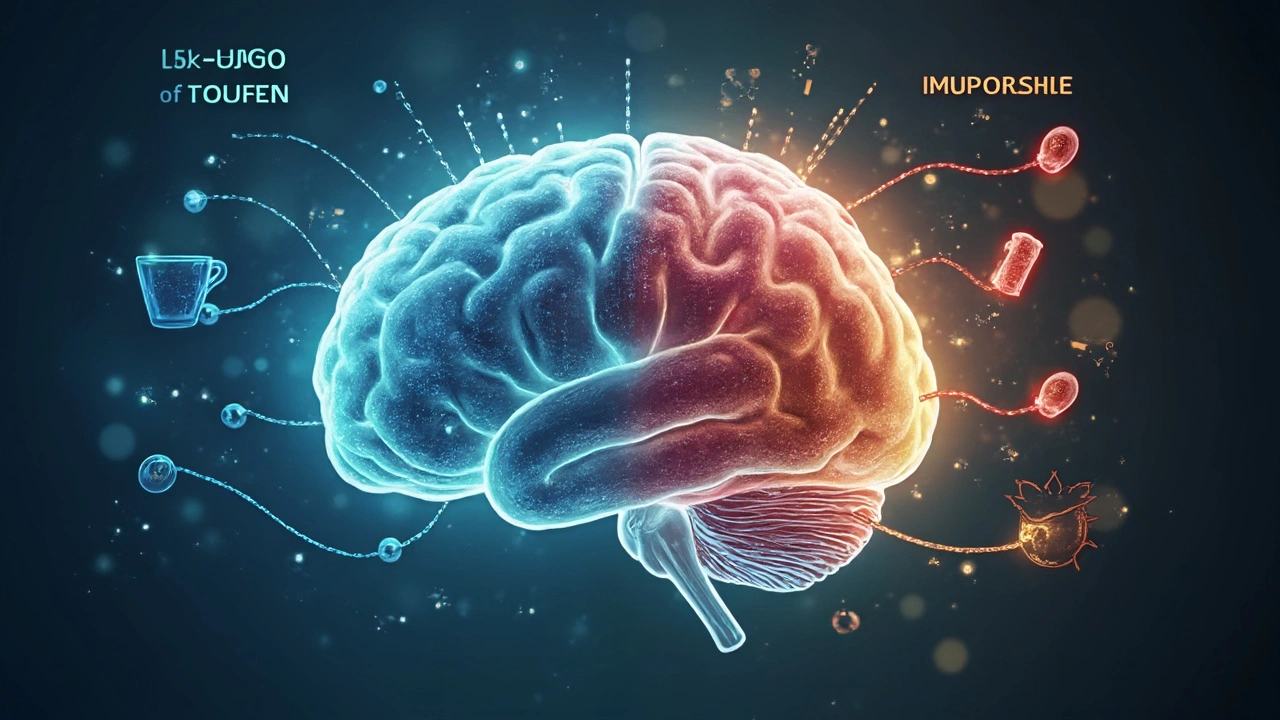Paracetamol: Safe Use, Dosage & Quick Buying Tips
Paracetamol (also called acetaminophen) is the go-to painkiller for headaches, fevers, and mild aches. Most households have it in the medicine cabinet. It's effective when used correctly, but overdoses can seriously damage the liver. Knowing how to dose, when not to use it, and how to avoid hidden sources will keep you safe.
How it works and what it treats: Paracetamol reduces pain and lowers fever. It doesn't reduce inflammation the way NSAIDs do, but it works fast for sore throats, toothaches, back pain, and fevers from colds. For many people it's a first choice because it's gentle on the stomach and has fewer interactions than some other pain medicines.
How to take paracetamol safely
Follow the label. For most adults the common dose is 500–1000 mg every 4–6 hours as needed, with a maximum of 3000–4000 mg in 24 hours depending on the product and country guidelines. If you have liver disease, drink a lot of alcohol, or take other medicines that affect the liver, use a lower limit and check with your doctor or pharmacist. Never combine two different products that both contain paracetamol. Many cold and flu preparations include it, and accidental doubling is a common cause of overdose.
Kids need weight-based dosing. Use the measuring syringe that comes with the product, and check the label for mg per ml. If in doubt, ask your pharmacist for the right dose for your child’s weight and age.
When to see a doctor
Watch for interactions and risks. Alcohol raises the risk of liver damage, especially with regular drinking and higher doses of paracetamol. Some prescription drugs, like certain blood thinners, can be affected by long-term high-dose paracetamol. If you take warfarin (Coumadin) or other anticoagulants, talk to your prescriber about safe use and monitoring.
Signs of overdose can be subtle at first: nausea, mild abdominal pain, or feeling unwell. Severe liver damage may appear a day or more later. If you suspect an overdose, get medical help immediately.
Buying tips and storage: Buy paracetamol from a reputable pharmacy. Check the active ingredient name on the label — acetaminophen or paracetamol — and the strength per tablet or ml. Avoid expired bottles and keep it out of reach of children. Store in a cool, dry place.
If fever or pain lasts more than a couple of days despite correct dosing, or if symptoms are severe, ask a healthcare professional. Also seek help quickly after an overdose or if you notice jaundice, dark urine, or worsening abdominal pain.
Paracetamol is simple and effective when used right. A quick check of labels, correct dosing for kids, and avoiding alcohol make it a safe tool for common aches and fevers.
Example: an adult taking 1000 mg every 6 hours reaches 4000 mg in 24 hours — close to the upper limit. For children, a typical single dose is 10–15 mg per kg of body weight. When unsure, call your pharmacist or doctor for exact dosing.
Curious about how paracetamol and ibuprofen really work in your brain? This in-depth guide compares their unique mechanisms in the central nervous system, explaining how each tackles pain differently. Get a closer look at the science behind everyday painkillers—no fluff, just facts. You’ll also discover tips, everyday scenarios, and research-backed insights that make it easier to choose the right analgesic for your needs. Dive deep into what actually happens inside your head when you pop these common meds.

